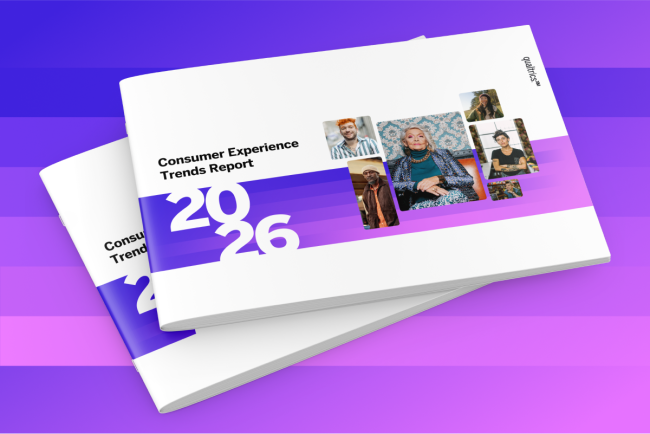A lot of businesses struggle with their tone of voice over social. It is hard to balance between following the common rules and staying creative at the same time. Your tone of voice represents the voice of your company and sets you apart. It can potentially make a conversation much more human, or it can make it very impersonal, almost artificial even, like talking to a robot. With a younger demographic in mind, social calls for a much more informal, snappy, and witty tone.
Read on to discover some of the most frequently used cliché phrases and learn how to stay away from them.
1. Starting every conversation with the same greeting. One of the first principles on social is to address a person with his or her name (if possible). Kicking of every conversation with “Hi Sofie!” (or whatever counts in your respective language) quickly becomes dull and extremely repetitive. Instead, work with a variation. With Millennials, you can up your game and be a little more original, and use common slang. Think: “Howdy, hello, heya, hello there, what’s up?“
2. Overusing typical phrases to express apologies. Apologies are always appropriate. But expressing your apologies and showing sympathy can come in many forms (or phrases), so it’s important to change it up a little. Alternatively, you can say: “sorry about that”, “ouch, that wasn’t our intention”. You get the picture.
3. Using negative tone words and phrases. Agents are often stuck in a rut, feeling uninspired, or well, just unmotivated, dealing with complaints all the time. It’s important to give a conversation a positive, uplifting twist while still acknowledging the issue. Focus on the solution, not the negative consequence. Using words like “annoying” or “unfortunately” that have a negative connotation set the tone for an unpleasant, dissatisfying conversation. Remember to always focus on the positive tone words and never the negative.
4. Holding on to “old” customer service language. Social requires a much more concise, crisp tone of voice. Applying phrases typically employed in a more traditional customer service context (such as, “thanks for your feedback”, and “we will look into our systems”) come across as reserved to a younger social demographic. Bear in mind that you have only so many characters to work with on social. When in doubt, your tone of voice should be to the point, so keep it short and simple.
At first sight, tone of voice may seem less important than actually fixing the customer’s issue. Therefore it’s often neglected. Empower your social customer service team to stay creative and keep them motivated. To protect your tone of voice, use social customer service publishing guidelines to help streamline your messaging.
Start improving your customer service with our free survey template



